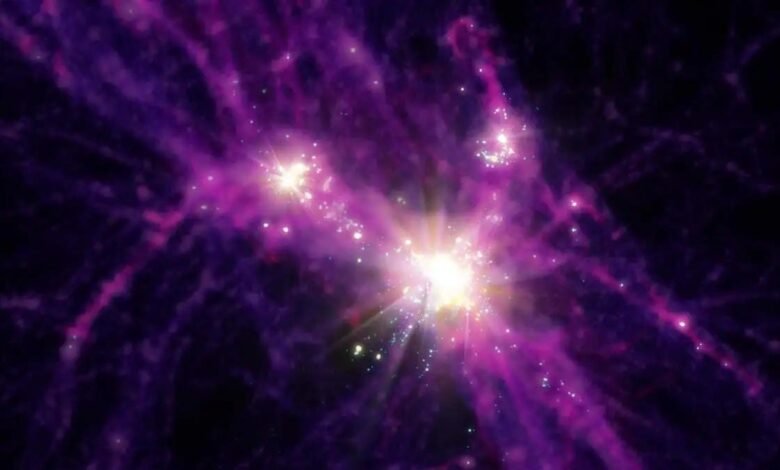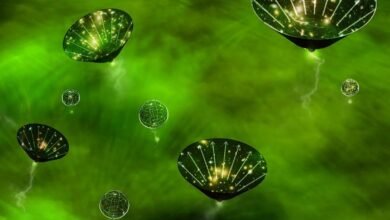What was it like when the Universe formed the most stars? | by Ethan Siegel | Starts With A Bang! | Jan, 2024

Today, the star-formation rate across the Universe is a mere trickle: just 3% of what it was at its peak. Here’s what it was like back then.
If you dare to look out at the wide variety of galaxies found across the Universe, you’ll see that they tell a vastly different set of stories from one another. The largest, most massive variety of galaxy are the giant ellipticals, many of which haven’t formed any new stars over the latter half of our entire cosmic history. The next largest are spiral galaxies are like our own Milky Way, with a small number of regions forming new stars, but where the overall galaxy is largely quiet. And quite a few galaxies, particularly the smaller ones, are irregulars: undergoing rapid, intense periods of star-formation. These include, among them, the interacting spiral galaxies, littered with millions of new stars along their dense spiral arms, as well as irregular starburst galaxies, where the entire galaxy transforms into a star-forming region.
Although all of these galaxy types are common today, the overall star-formation rate we see, at present, is the lowest it’s been in cosmic history for more than 13 billion years. Not since the extreme early stages of the Universe have we formed stars at such a low rate. The majority of stars formed in the Universe formed only in the first few billion years, with the star-formation rate having plummeted ever since. Here’s the cosmic story behind the cosmic formation of stars, and why our star-forming heyday is well in the distant past.
Starts With A Bang is written by Ethan Siegel, Ph.D., author of (affiliate links following) Beyond The Galaxy, Treknology, and The Littlest Girl Goes Inside An Atom. New books, including the Encyclopaedia Cosmologica, are forthcoming!
Source link




